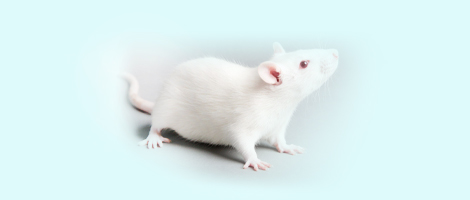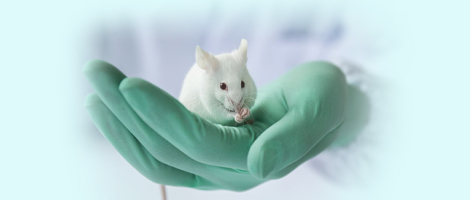






• •
秦超, 李双星, 赵婷婷, 蒋晨晨, 赵晶, 杨艳伟, 林志, 王三龙, 文海若( )
)
QIN Chao, LI Shuangxing, ZHAO Tingting, JIANG Chenchen, ZHAO Jing, YANG Yanwei, LIN Zhi, WANG Sanlong, WEN Hairuo( )
)
摘要:
目的 为保证研究数据的可靠性,建立SD大鼠90 d喂养试验的历史背景数据。 方法 本研究汇总了2020—2023年国家药物安全评价监测中心的6个独立的SD大鼠90 d喂养试验中空白对照组动物(120只SPF级SD大鼠,雌雄各半,仅给予普通鼠全价颗粒饲料)的背景数据。检疫期结束后,动物继续观察90 d,之后腹腔注射舒泰麻醉、取血、处死并解剖。通过分析空白对照组数据,建立了SD大鼠相关背景数据库。 结果 雄性和雌性大鼠的平均体重均稳步增长,雄性大鼠体重增长幅度更为明显。90 d内雄性和雌性大鼠平均体重分别增长至500 g和300 g以上。3周后,雄性大鼠每日平均摄食量基本稳定在25~28 g/只,雌性大鼠每日平均摄食量基本稳定在16~19 g/只。所有动物的食物利用率自实验第1周开始逐渐下降。白细胞分类计数结果中,雌性与雄性WBC、Neut、Lymph、Mono的数值有统计学差异(P<0.001),但%Neut、%Lymph、%Mono两性别无统计学差异(P>0.05)。雄性动物的平均RBC、HGB、HCT、PLT、PT和APTT高于雌性(P<0.05)。雄性大鼠平均ALT、AST、ALP、CK、LDH、GLU、TG数值高于雌性(P<0.05)。雄性动物的尿pH值范围在5.0~8.5;雌性动物尿pH值范围在6.5~9.0。绝大多数雄性动物的尿比重低于1.020,绝大多数雌性动物尿比重低于1.015。雄性动物各脏器(肾上腺、生殖器官除外)称重均高于雌性(P<0.001),而雌性动物的脏体比(肾脏、生殖器官除外)高于雄性(P<0.001)。 结论 总结了国家药物安全评价监测中心6项90 d喂养试验中未给药对照组SPF级SD大鼠的体重、摄食量、血液学、血清生化各项指标的背景参考值范围,为相关研究提供重要的参考数据,梳理了动物的背景性和自发的组织病理学改变。有助于研究的规范化和标准化,及异常结果的评判分析。
中图分类号: